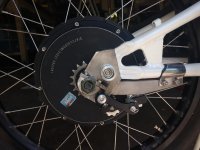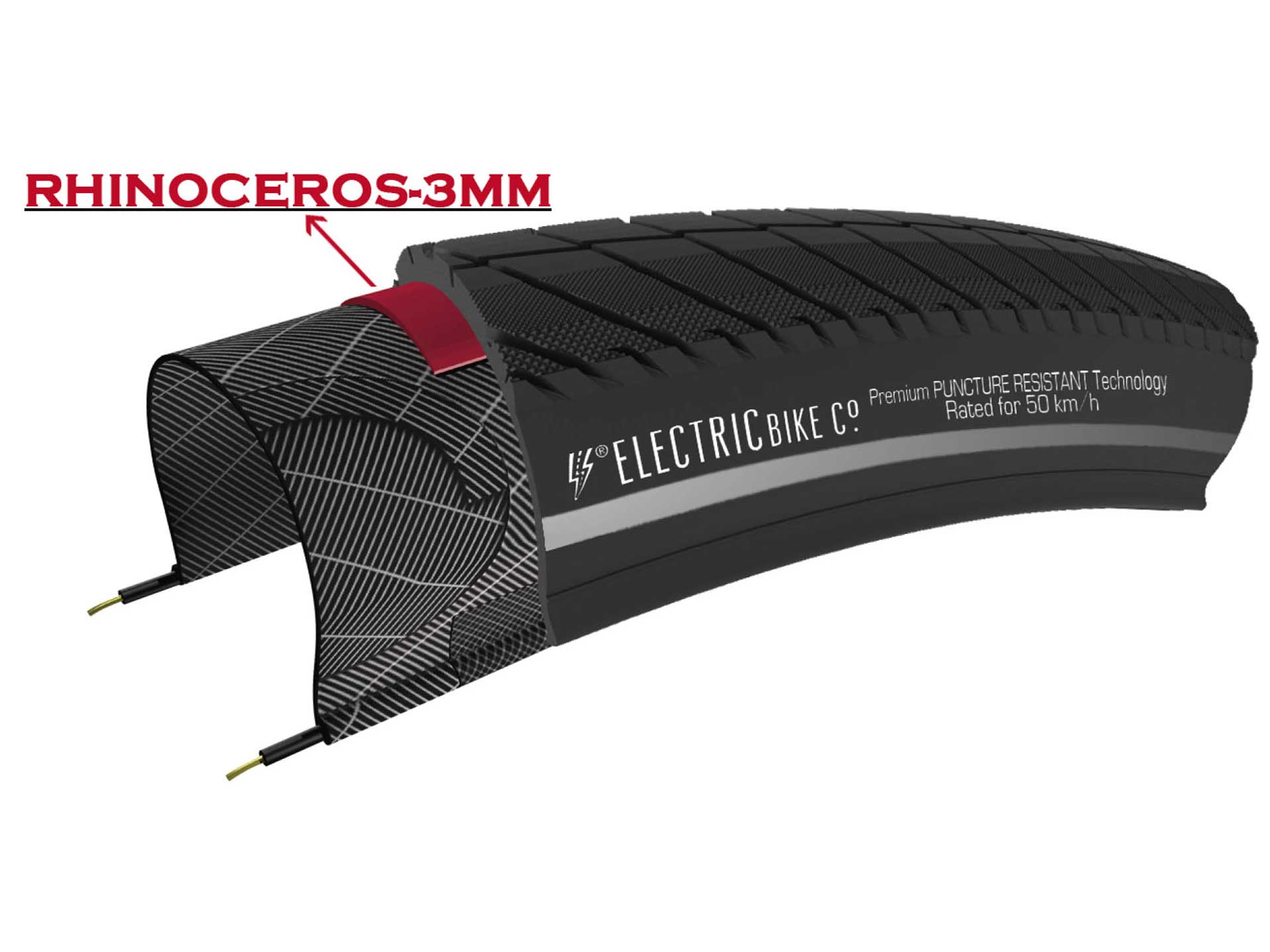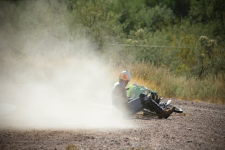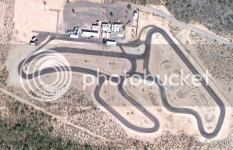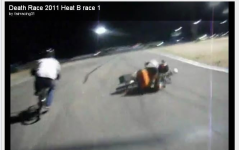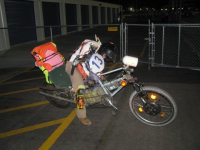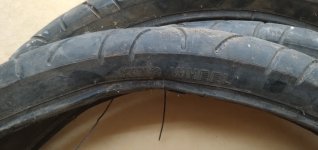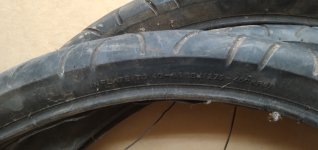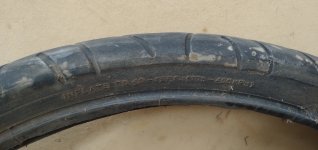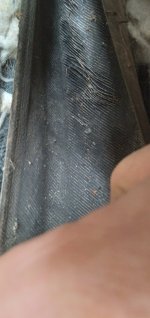zeddrick
1 mW
- Joined
- Mar 6, 2020
- Messages
- 13
From what I could gather through other forum posts and youtube videos it seems like alternating the spokes at the flange of the hub from in/out/in/out, etc, is the way to go? From doing it this way you apparently create alternating pushing and pulling spokes? My motor kit originally came with all of the spokes on the inside of the hub flanges and my spokes started breaking after 3k miles or so (original 12g spokes), so I'm trying to do what I can to get the most life out of the brand new rim and 14g butted spokes I got.
I now have a new rim with regular 14g spoke nipple beds (eyelets?), a set of 14g butted sapim spokes, and #2 brass washers to fit under the smaller 14g spoke heads for the motor hub flange which was made for slightly larger 12g spoke heads. I've been reading up on sheldon brown and trying to learn as best as I can.
I have also heard that putting all the spokes on the outside of the hub flanges gives more strength? It doesn't seem like there is a definitive answer for which is best but I have noticed on all my regular bicycles that they are laced in an alternating spoke pattern (inside flange, outside flange, etc).
I now have a new rim with regular 14g spoke nipple beds (eyelets?), a set of 14g butted sapim spokes, and #2 brass washers to fit under the smaller 14g spoke heads for the motor hub flange which was made for slightly larger 12g spoke heads. I've been reading up on sheldon brown and trying to learn as best as I can.
I have also heard that putting all the spokes on the outside of the hub flanges gives more strength? It doesn't seem like there is a definitive answer for which is best but I have noticed on all my regular bicycles that they are laced in an alternating spoke pattern (inside flange, outside flange, etc).


